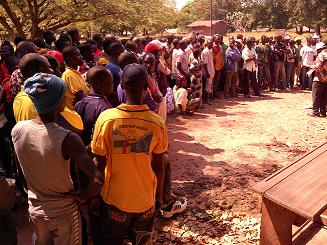
In 2012-2013, the Central African Republic was once again rocked by a paroxysm of violence. It is a cyclical phenomenon that has occurred eight times since independence. The response by the international community and the Central African Republic has always been the same; a national peace dialogue, ‘peace agreements’, disarmament and demobilisation followed by hasty elections. The results equally remain the same; 5-10 years after the peace building, another cycle of violence often happens.
In this thesis we argue that the challenge remains one of reconciling security sector reform with a creative, responsive Disarmament, Demobilisation, Reinsertion and Reintegration (DDRR) process before credible elections can take place. We posit that understanding the context in which reintegration takes place is critical to conceptualising what a sustainable reintegration of ex-combatants should be for that particular place, in this the Central African Republic. This study examined the socioeconomic and political challenges of CAR with particular attention to the Security Sector Reform and DDRR nexus. We highlighted the strengths and weaknesses of the International DDRR standards, stressing the often ignored part of DDR; reintegration.
It is just as important to remove arms from the hands of young uneducated youths as it is to provide them a source of livelihood and community based reintegration solutions.
We conclude by offering reflexion on what could be a creative reintegration strategy.
3 responses to “An Reintegration Strategy for Ex-combatants in the Central African Republic”
-
Good .well noted.
YUSUF/ESTERN DR.congo.
-
who actually have a say or management and mediate African conflicts ,is it the african union or United nations .
just which to know the roles of african union in african affairs -
in the past @Che Asanji Collins regional organisations have had more success in peacebuilding than the AU or UN. example ECOWAS in the most recent case of Gambia or earlier in Liberia.

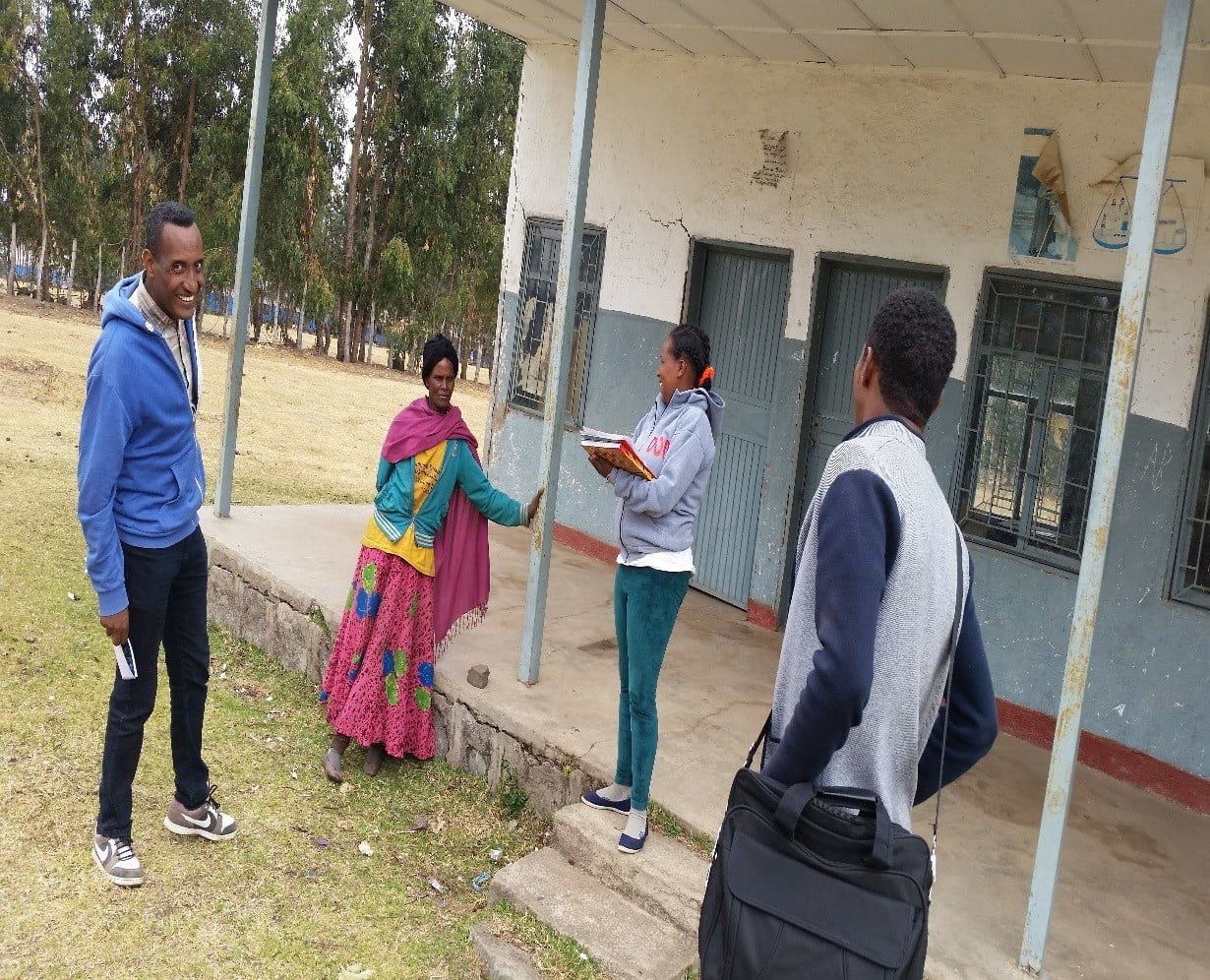
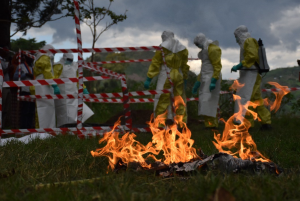
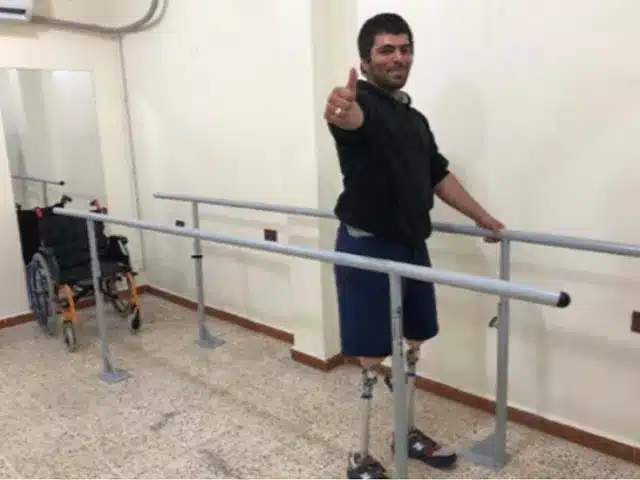
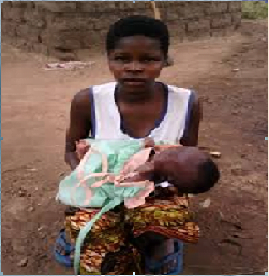
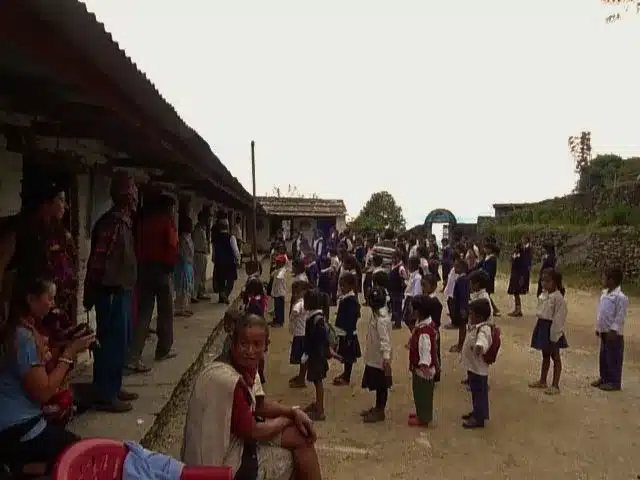

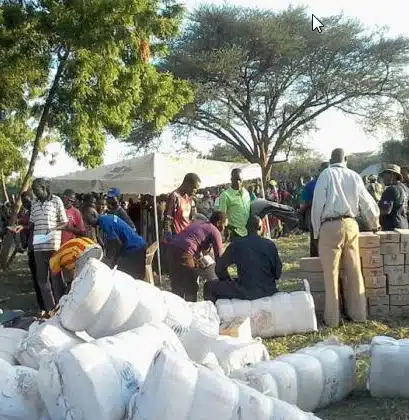
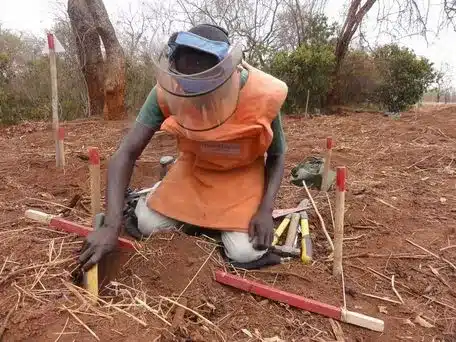

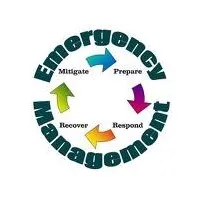
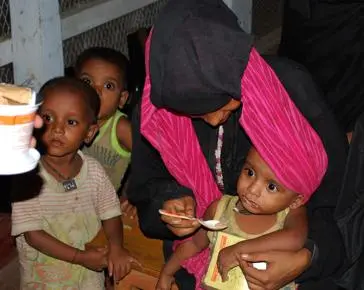
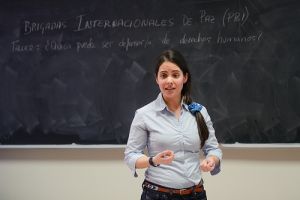
Leave a Reply